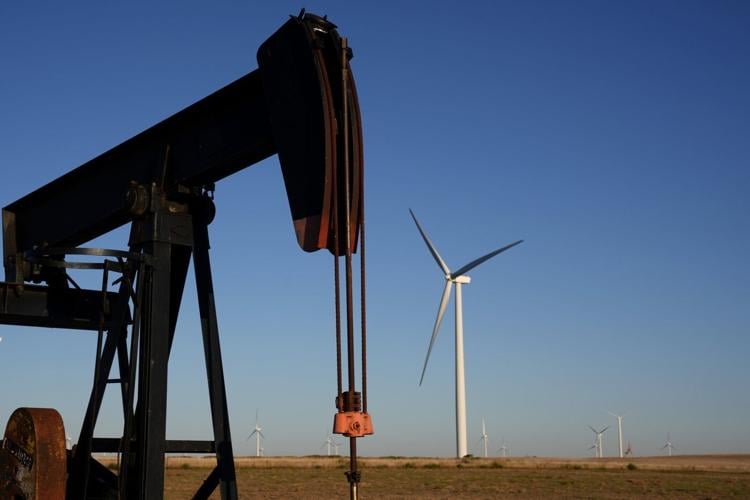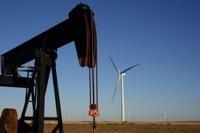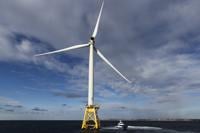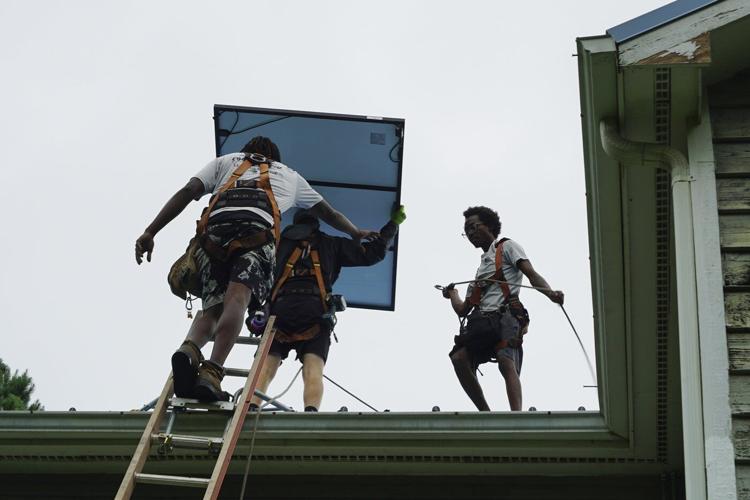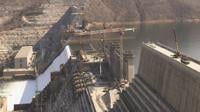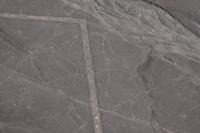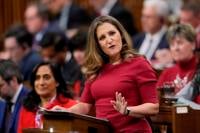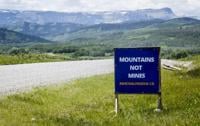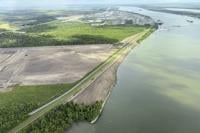WASHINGTON (AP) — All solar and wind energy projects on federal lands and waters must be personally approved by Interior Secretary Doug Burgum under a new order that authorizes him to conduct “elevated review” of activities ranging from leases to rights of way, construction and operational plans, grants and biological opinions.
The enhanced oversight on clean-energy projects is aimed at “ending preferential treatment for unreliable, subsidy-dependent wind and solar energy," the Interior Department said in a statement Thursday. The order "will ensure all evaluations are thorough and deliberative" on potential projects on millions of acres of federal lands and offshore areas, the department said.
Clean-energy advocates said the action could hamstring projects that need to be underway quickly to qualify for federal tax credits that are set to expire under the that President Donald Trump signed into law on July 4. The law phases out credits for wind, solar and other renewable energy while enhancing federal support for fossil fuels such as coal, oil and natural gas.
“At a time when energy demand is skyrocketing, adding more layers of bureaucracy and red tape for energy projects at the Interior Department is exactly the wrong approach,'' said Stephanie Bosh, senior vice president of the Solar Energy Industries Association. “There’s no question this directive is going to make it harder to maintain our global (artificial intelligence) leadership and achieve energy independence here at home.''
In the legislation, Trump and GOP lawmakers moved to dismantle passed by Democrats under President Joe Biden. And on July 7, Trump signed an that further restricts subsidies what for he called “expensive and unreliable energy policies from the Green New Scam.”
That order was part of a deal the Republican president made with conservative House Republicans who were unhappy that the tax-cut bill did not immediately end all subsidies for clean energy. A group of Republican senators, including Alaska Sen. Lisa Murkowski and Utah Sen. John Curtis, had of some of the credits to allow currently planned projects to continue.
Trump has long expressed , describing it at a Cabinet meeting last week as an expensive form of energy that “smart” countries do not use.
Even with the changes approved by the Senate, the new law will likely crush growth in the wind and solar industry and lead to a spike in Americans’ utility bills, Democrats and environmental groups say. The law jeopardizes hundreds of renewable energy projects intended to boost the nation’s electric grid as demand is set to rise amid sharp growth from and other uses, they said.
"This isn’t oversight. It’s obstruction that will needlessly harm the fastest growing sources of electric power,'' said Jason Grumet, CEO of the American Clean Power Association, an industry group. He called the move “particularly confounding” as lawmakers in both parties seek to streamline permitting for all sources of American energy.
'Level the playing field’
The Interior Department said Thursday that Burgum’s order will “level the playing field for dispatchable, cost-effective and secure energy sources,” such as coal and natural gas “after years of assault under the previous administration.″
“American energy dominance is driven by U.S.-based production of reliable baseload energy, not regulatory favoritism towards unreliable energy projects that are solely dependent on taxpayer subsidies and foreign-sourced equipment,” said Adam Suess, the acting assistant secretary for lands and minerals management.
While Democrats complain the tax law will make it harder to get renewable energy to the electric grid, Republicans say it supports production of traditional energy sources such as oil, gas and coal, as well as nuclear power, increasing reliability.
In the Senate compromise, wind and solar projects that begin construction within a year of the law’s enactment are allowed to get a full tax credit without a deadline for when the projects are “placed in service,″ or plugged into the grid. Wind and solar projects that begin later must be placed in service by the end of 2027 to get a credit.
The law retains incentives for technologies such as advanced nuclear, geothermal and hydropower through 2032.
About 10% of new solar power capacity under development is on federal lands, said Sylvia Leyva Martínez, a principal analyst at the Wood Mackenzie research firm. Those projects could be delayed or canceled if Burgum does not issue permits for them, she said. Related projects such as transmission lines could be affected, too, she said.
While only about 1% of the combined capacity of pending wind projects are on federal lands, delays could affect nearby infrastructure that supports renewable projects, said Wood Mackenzie analyst Diego Espinosa.
____
Associated Press writer Matthew Brown in Billings, Montana, contributed to this report.

